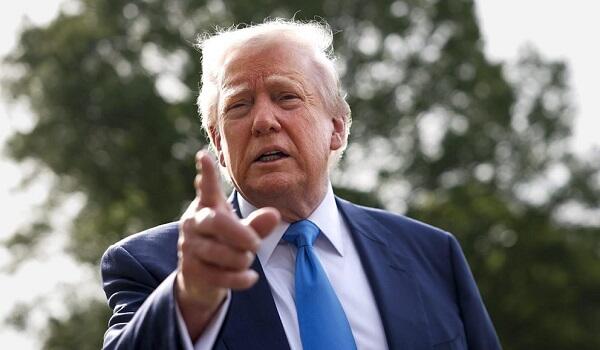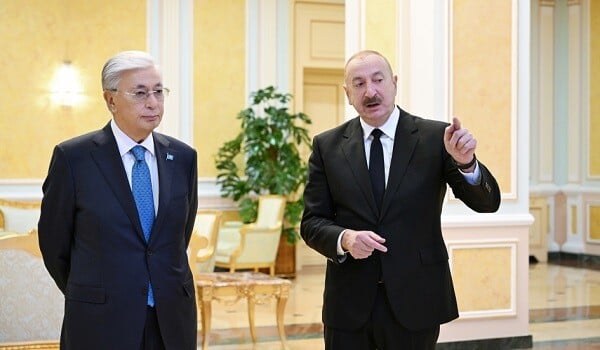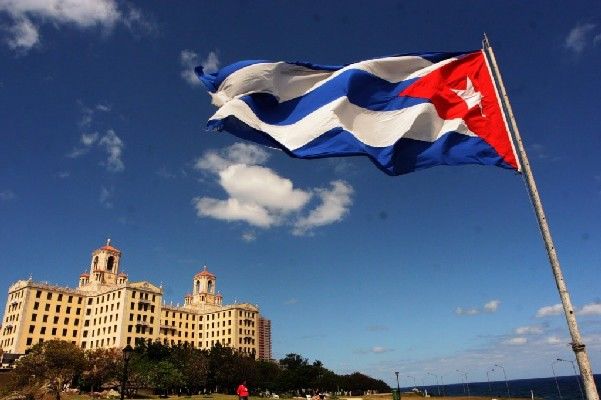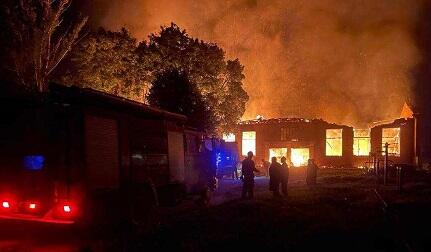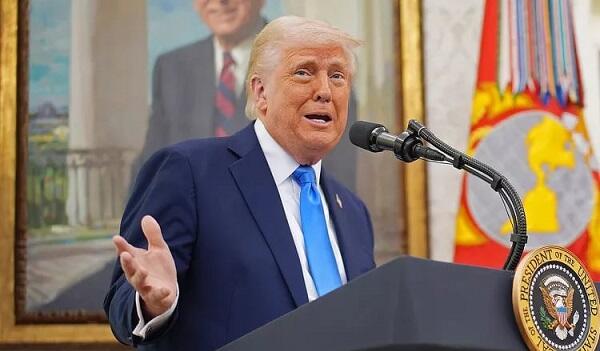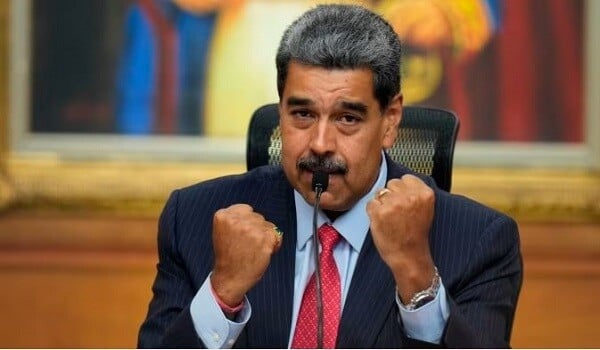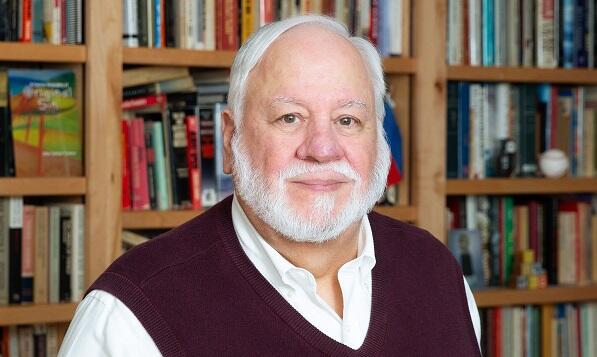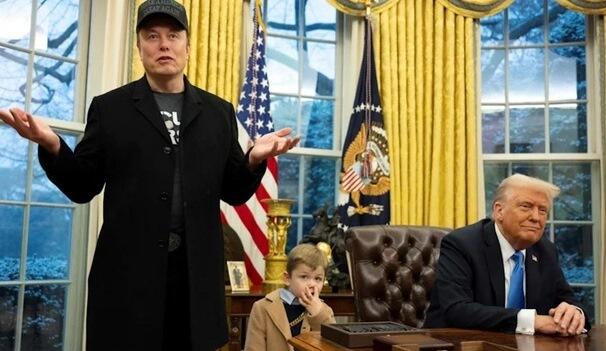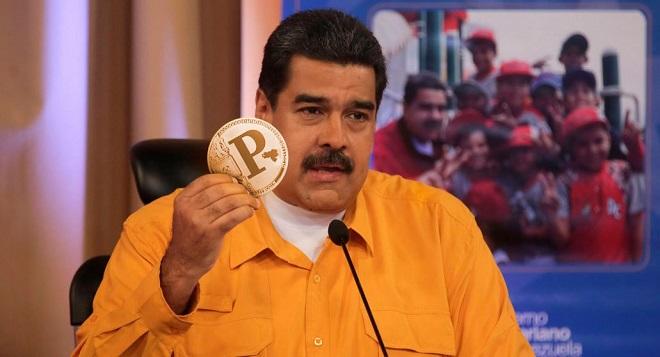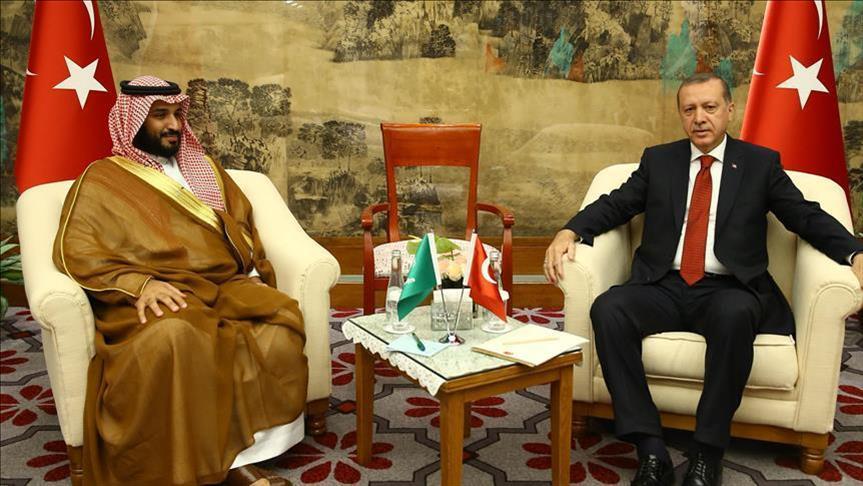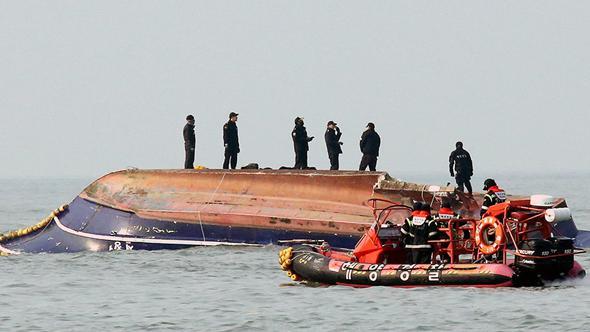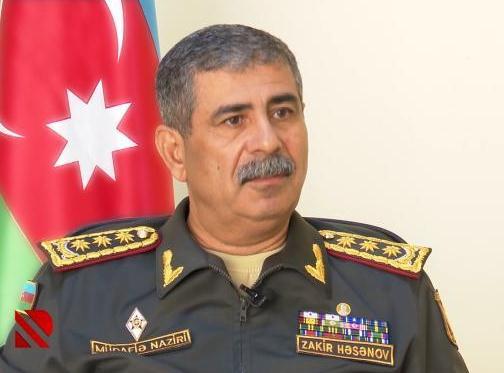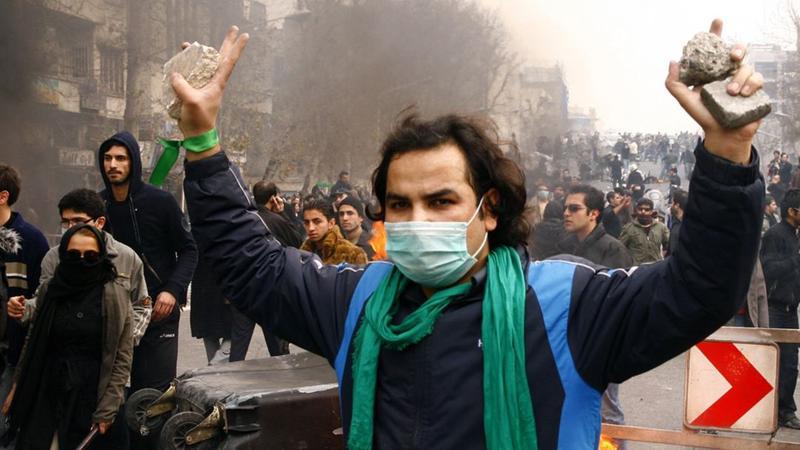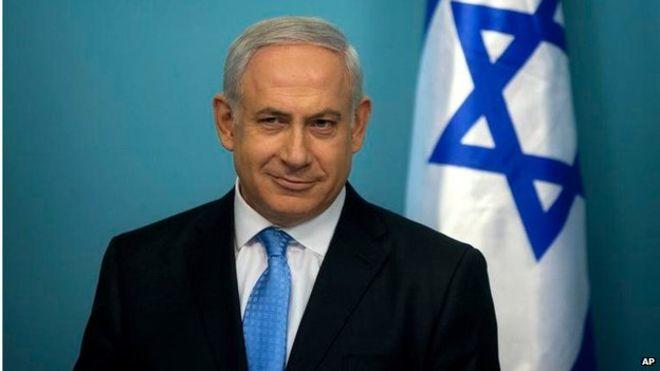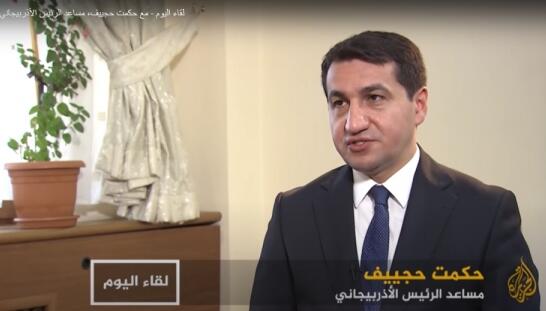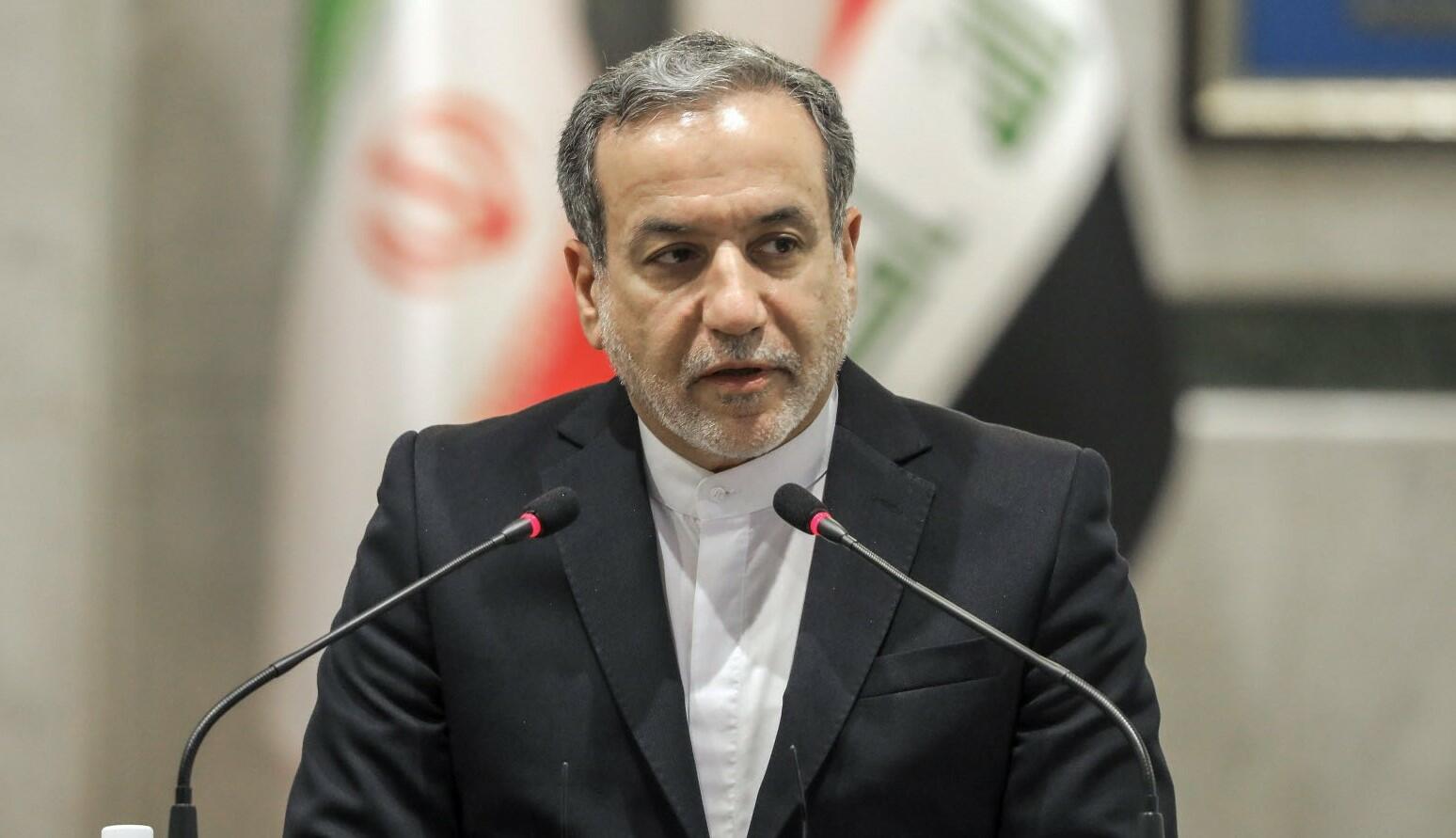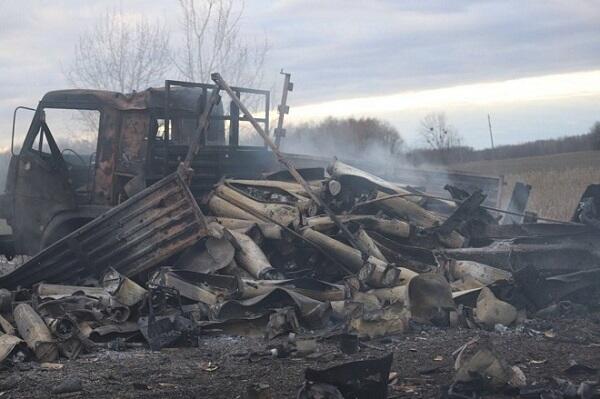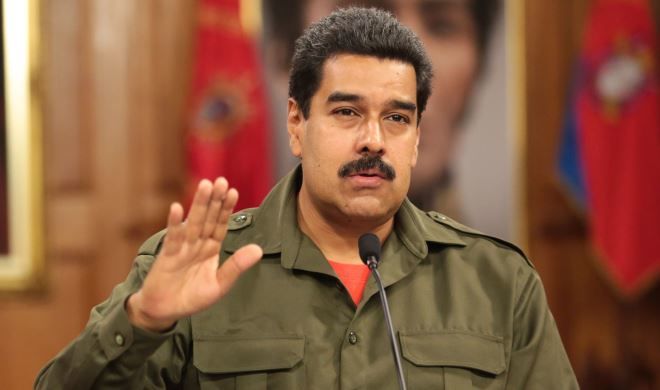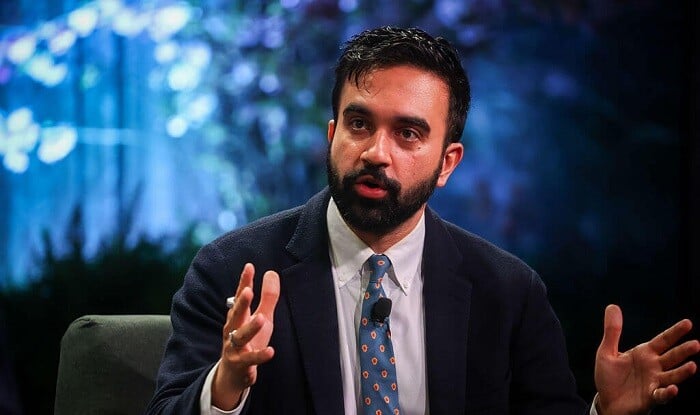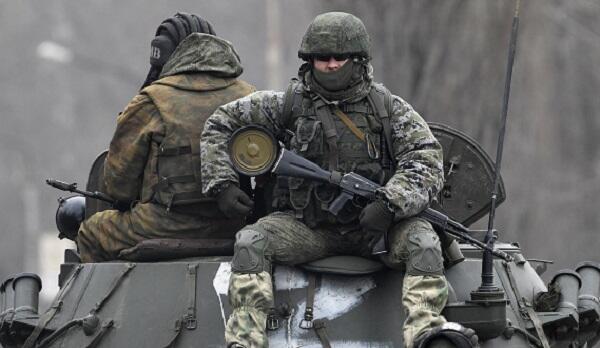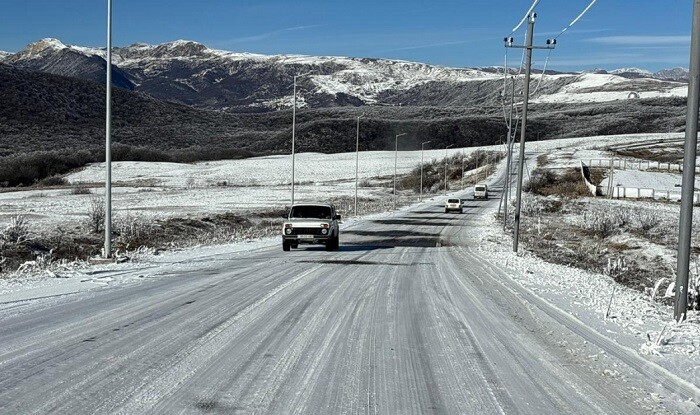Chief of the Sakura Azerbaijan-Japan Organization (NGO) Tarana Huseynova inform that Mr. Kenzo Endo “s main aim (goal) is to find leaders in the world and support them who that these leaders develop the mutual friendship relation and collaboration between home countries and Japan people on the Japanese education, culture fields, and Japanese history, too.
Axar.az reports that Azerbaijan country also is included in these countries.
The History of Japanese Education is not so well known by people in the world.
Education began when Japanese imported the Chinese characters through interactions with China. When a state began to be organized, letters and education were indispensable. Already, in the 6th century, private schools had been developed, through primarily noble families.
¤Asuka period(592–710), Nara period(710–794)and Heian period(794–1185)¤
One individual among the policymakers and intellectuals who showed interest in education was Prince Shotoku Who became the regent for Empress Suiko in the Asuka period. In order to centralize the power, He established “Twelve Level Cap and Rank System (冠位十二階 kan-i-ju-ni-kai)“at the court in 603. He promulgated the first constitution, the so called “Seventeen-article constitution”. After ardently studying the Buddhist scriptures, he wrote Sangyō Gisho(三経義疏). He intended to conduct an idealistic policy based on Buddhist philosophy, but he left no written theory regarding education. Yet it seems that he had clear thoughts concerning education through “Ichijou-thought(一乗思想-ichi-jou-shisou) “. He emphasized that education must be given equally to everyone and that through the education the ideal state should be established.
Taihō-ritsuryō (大宝律令)was enacted in 701. By this ordinance, Japan was centralized under an emperor, at the same time this ordinance made the clear structure of education for the first time in Japanese history. Japan learned from Tang dynasty’s Guozijian(国子監)system and made a higher learning institute “Daigaku-ryō(大学寮)” in the capital city. Then the ryō. This institute promoted the study of the classic Chinese and Japanese literature, the study of arithmetic, the study of Japanese and Chinese jurisprudence and the study of the pronunciation of Chinese words and calligraphy. In addition, there were training institutions for technical experts, for example, the colleges for the traditional Asian medicine and pharmaceutics, the colleges of the traditional Japanese music and art. The colleges of the traditional Japanese esoteric cosmology and astronomy. All students lived in the dormitory. The influential aristocrat, Fujiwara Kyiyokimi built The Bunshouin(文章院). The Fujiwara clan together with one powerful Ooe clan, oversaw and managed the Daigaku-ryō which was the highest learning Institution in those days. However other aristocrats also willingly began to get into the field of education and began to build their own learning branches with dormitories. This is because of the rise of the aristocracy and their power struggles. For example, the scholars from Fujiwara clan began to educate their disciples and followers in their home, apart from official teaching work. This development germinated the beginning of private high educational institutions. In the late Heian period, the hereditary system for government posts strengthened. The hereditary system even had an effect on the Daigaku-ryō system. The scholars and instructors began to be appointed same clansmen through the hereditary system. In order to keep this system, the scholars just focused to educate their own kinsmen.
Furthermore, Daigaku-ryō and Bunshouin were burned in the conflagration in 1177. After that, these were not rebuilt and the system with the higher public educational institution ceased to exist.
¤Kamakura period (1185 – 1333) and Muromachi period (1336 – 1573)¤
In the early years of this era, the aristocrats were the ones who became the instructors to guide intellectuals in their study and research of classic literature and the usage and practices of the ancient court and military households. While the influence of aristocrats was gradually fading away, the well-educated Buddhist monks and the newly arisen Samurai class became the leading figures in education in Japan. In the political capital, Kamakura, Buddhists gave birth to the Literature of the Five Mountains(五山文学-Gozan-bungaku). In order to educate the followers in the samurai class, the regent to the emperor, Hōjō Sanetoki (Kanezawa Sanetoki) founded the historical the Kanazawa Bunko (金沢文庫-Kanazawa Library) and collected many books and literature so that the young samurai clansmen can study and research.
There are two important institutes which were Buddhist-based Koyasan and Hieizan.
In the Muromachi period, Uesugi Norizane restored and renewed the Ashikaga Academy (in 1432) which had existed already for a long time. He made the felicitous rules, in order for the academy to function smoothly and effectively. This Ashikaga Academy was praised as the best university among 11 higher educational institutions in Japan by the missionary, St. Francis Xavier. This Ashikaga Academy had been prosperous and had 3000 students during its culmination. This institute taught not only Chinese classics, but medicine and military tactics. Majority of instructors were Buddhist monks, but Norizane did not allow the monks to teach Buddhist scriptures. For learning Buddhist scripture, one should go to the temples, even though Ashikaga Academy used temple-buildings and there was a Buddha’s statue in the center of the building. This institute endured during Heian and Edo periods until it was closed down in 1872. In those days, common people enjoyed doing arts and performances and gradually these became very polished and refined Some traditional performers wrote theories on arts and performances. With these, an artist could hand down expertise and skills of art and performance to his disciples. At the beginning of the 15th century, Zeami Motokiyo wrote 21 volumes of the theory of the Noh-performance. One of These writings was ”Hushikaden” and these were considered as the views of performing art and the Japanese classic aesthetics. These theories of Noh-performing arts were translated as “Kadensho” and became appreciated by foreign countries.
¤Edo period (1603 – 1868)¤
Feudal lords each in their own domain competed to organize the public academies to educate their samurai followers on military tactics, national literature, and Confucian literature, in order to become local government officials. There were 270 academies. Hayashi Razan built the Confucian shrine and taught Confucian philosophy to followers. In 1779 this institute transformed to Shōhei-zaka Gakumonjo under the control of the Tokugawa-shogunate. Then after the Meiji Reformation, it was used by the newly made Ministry of education, and some academies which became forerunners of different institutes, for example, Tokyo Medical and Dental University, Tsukubai university and Ocahnomizu Womens collage. In 1857 The Tokugawa-shogunate established the Bansho Shirabesho (蕃書調所), or "Institute for the Study of Barbarian(European) Books in response to the needs of the times.
In addition to these, there are the private academies which teach all different subjects, classic literature, medicine, natural science, technology and so on. There were more than 1500academies which were recognized by researchers. Some qualified academies attracted students from all parts of Japan. For example, a private academy for Western study was established by Fukuzawa Yukichi. It transformed into Keio University.
In this peaceful era under the feudal system characteristic of the shogunate, the learning fever flourished very much even among commoners. They sent their children to Terakoya (寺子屋--the temple school) for them to learn how to write, read and calculate. Because of this enthusiasm for education in Japan, by the middle of 1800, 40-50%of Japanese boys and 15%of the girls attended some form of schooling. These rates were comparable to major countries in Europe at that time. This Japanese education fever (enthusiasm for the education of their children) became the base for rapid economic growth and technological advancement after the Meiji Reformation.
¤Meiji period(1868–1912),Taisho Period(1912–1926) Shōwa period(1926-1989) ¤
The Allied(USA) occupation of Japan(1945–1952)
Meiji Reformation took place in the name of restoring imperial rule to strengthen Japan against the threat represented by the colonial powers of the day. It brought an end to the era of the closed door to foreign countries. In order to modernize the existing system, it was vitally important to educate youth with good education. This makes the nation strong and prosperous. The new government created the Ministry of Education and issued a proclamation of a new education system in 1872. The Ministry organized 8 different higher educational districts. Under each higher educational district, there are 32 secondary educational districts, and under each secondary district, there are 210 primary educational districts. In other words, the ministry plan was to set up 8 universities, 256 secondary educational schools and 53760 primary schools in Japan. However it became too heavy a burden on the people, so it was difficult to realize the plan and the bill was discarded, Instead, the Ministry issued the education ordinance in 1879 (This ordinance was revised 3 times). This ordinance recommended pupils to get 8 years education in the primary schools (It can be shortened to 4 years) and decentralized and transferred the decision-making process to local government.
In 1886, the three new regulations on Education were promulgated. The primary education ordinance introduced the concept of “compulsory education “which is 4 years education in elementary schools. (This ordinance was also revised 3 times) Through the revisions, the period of compulsory education extended from 4 years to 6years.
The lower secondary educational ordinance gave the 5 years education after 12 years old age with primary school education.
The Imperial University ordinance(1886) made the basic regulation to found and maintain the Imperial University. Tokyo University founded already in 1877. Because of this ordinance, Tokyo University became the first Imperial University. Before the war, 7 Imperial Universities were established and became leading educational institutions to sustain Japanese economic and technological development.
The upper secondary educational ordinance in 1894 recommended the 4-5 years of education after completing lower secondary education. In this educational system, it specified special educational programs Some of these upper secondary educational school was promoted to technical colleges, medical colleges, business colleges, agricultural colleges, etc. And after the war, small colleges gradually increased faculties and were recognized as new universities.
In order to improve education for women, in 1899, the female secondary educational ordinance was issued. Through this, it became easier for women to get higher educations.
In response to the trend which youth began to seek after practical educations, the specialized training college ordinance was promulgated in 1903. The Ministry put in order to manage smoothly this special college in order to improve the quality of technicians in different fields.
The university ordinance in 1918 not only state, prefectural and city universities and colleges, but also private universities were allowed to establish.
Through these gradual educational reforms and ordinances, the educational system was made solid.
After the war, America occupied Japan for 7 years. During this occupation, General Douglas MacArthur and his administration promoted democracy and helped for the Japan Teachers Union to be organized in 1947, in order to balance the Japanese educational trend. However, it had solid connections with the Social and Communist parties in Japan. Therefore, many Japanese educators leaned toward the Left. As a result of this. there was a trend for students to be Communist sympathizers and to revolt against the government and polis. The communist activists and sympathizers occupied Tokyo University in 1986. After the decline of the Soviet Union and other communist countries, aggressive leftist students quieted down.
Despite it all, the Japanese education system before the war had changed and copied the American educational system. In 1947 the School Education Act and the Original Fundamental Law of Education was issued, because of these ordinances, the Japanese education system became a 6-3-3-4 system. It means 6 years of primary school, 3years junior high school (up to junior high school – compulsory education),3years high school, 4years university. Within this system, the Japanese Ministry of Education tried to improve the quality of education.
In the beginning of the 21st century, the discussion on to reviving the old fundamental law of education (1947) by conservative members of Diet. It became controversial issues and opposition parties vigorously opposed it, because opposition parties thought that the conservatives tried to enact the new law emphasizing moral education and to learn how to love our nation.
However, the Liberal Democratic Party and Komei Party together enacted a new fundamental law of education in 2006. It is comprised of a preamble and 18 Articles. According to the new law, the purpose of education is to form the full matured person’s personality.
-The Preamble in the fundamental law of education-
We, the citizens of Japan, desire to further develop the democratic and cultural state we have built through our untiring efforts, and contribute to the peace of the world and the improvement of the welfare of humanity.
To realize these ideals, we shall esteem individual dignity, and endeavor to bring up people who long for truth and justice, honor the public spirit, and are rich in humanity and creativity, while promoting an education which transmits tradition and aims at the creation of a new culture.
We hereby enact this Act, in accordance with the spirit of the Constitution of Japan, in order to establish the foundations of education and promote an education that opens the way to our country’s future.
Through these changes, the Japanese educational system has been gradually improving.
Kenzo Endo
A special assistant to the chairman of the committee for World Peace Award in Sweden
[email protected]
-Annotation-
冠位十二階 kan-i-ju-ni-kai: The officials wore silk caps that were decorated with gold and silver, and a feather that indicated the official's rank. The ranks in the twelve level cap and rank system consisted of the greater and the lesser of each of the six Confucian virtues: virtue (徳 toku), benevolence (仁 jin), propriety (礼 rei), sincerity (信 shin), justice (義 gi) and knowledge (智 chi).
三経義疏Sangyō Gisho : the three commentaries on Buddhist scriptures
一乗思想(Ichi-jou-shi-sou):Ichi jou means "one vehicle". By riding the Buddha’s vehicle altogether, all will be carried to the buddha’s world. The same way, Prince Shoutoku thought that education must be given to all people equally and opportunity to all people equally
大宝律令(Taihō-ritsuryō): the ordinance on an administrative reorganization
国子監 (Guozijian)system: The educational system on highest education in the Tang dynasty
大学寮 (Daigaku-ryō): The old type of Imperial university together with the dormitory in Japan
文章院(bunshouin):the special annex to the the old type of Imperial university
蕃書調所 (Bansho Shirabesho): Institute for the Study of Barbarian(European) Books
寺子屋(Terakoya):commoners’ elementary schools. Often temples are used to educate commoners’ children how to write, read and calculate. Therefore, people called the schools the



